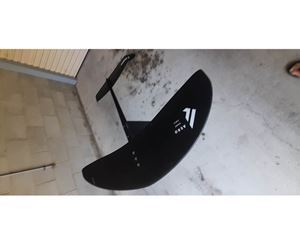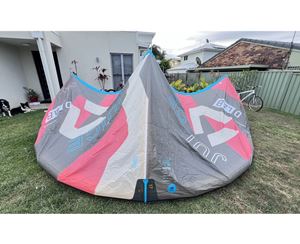3 Easy Tricks to Help You Sleep Better at Anchor

You get the picture, you've most likely been there at some point in your life, so believe us when we tell you that you're not alone. Trusting your pride and joy to an old length of chain, a hunk of steel and some ratty old nylon take some practice. To help ease the stress, here's 3 great anchoring tips that will help you sleep better at night, knowing you'll still be in the same place when you wake up.
Weight is your friend. Unless you're racing, (in which case, stopping for the night is a terrible tactic!) an extra, 10, 20, 30kg is going to make no difference what-so-ever to how your boat sails. It will make a HUGE difference to keeping your anchor firmly planted on the ocean floor. All boats have a recommended anchor size. Take that value (for example, 20kg), and increase it by another half (30kg), or better still, Double it (40kg). You might get laughed at when you're squeezing it into your anchor locker at the marina, but who's laughing at 3am when there's barnacles scraping?
Calculate your Scope properly. The 'Scope' is the ratio of anchor line you let out, to water depth. For typical anchorages, 4:1 is a good ratio. That means if you're sitting in 5m of water, you're letting out 20m of line. If the wind starts to blow, the first thing you want to do is let out more line. Doing that reduces the angle you're pulling your anchor from, and helps it burrow deeper into the bottom. One trap that fools a lot of boaties, is trying to guess how much line you have out! Most of us will over estimate what we've let out, leaving us with a scope too short, so mark your anchor line with coloured tape, spray paint, ribbons, cable ties, something every 5m to identify what you've let out.
Set it, then forget it. Once you've thrown the anchor overboard, head back to the cockpit and set it properly. That means putting the engine in reverse, and trying to drive the anchor deeper into the bottom. If you've failed, your anchor will pull out with the motor, and you need to start again. If you've succeeded, and the boat still won't reverse with a decent burst of power, then you can safely head to bed!
Still not sure about your anchoring technique? Practice makes perfect, but sometimes it's better to just look for a mooring, or find somewhere to pull in for the night.
Got your own tip, trick or story to tell about anchoring? Share it with the Seabreeze.com.au community in the Sailing forums.











